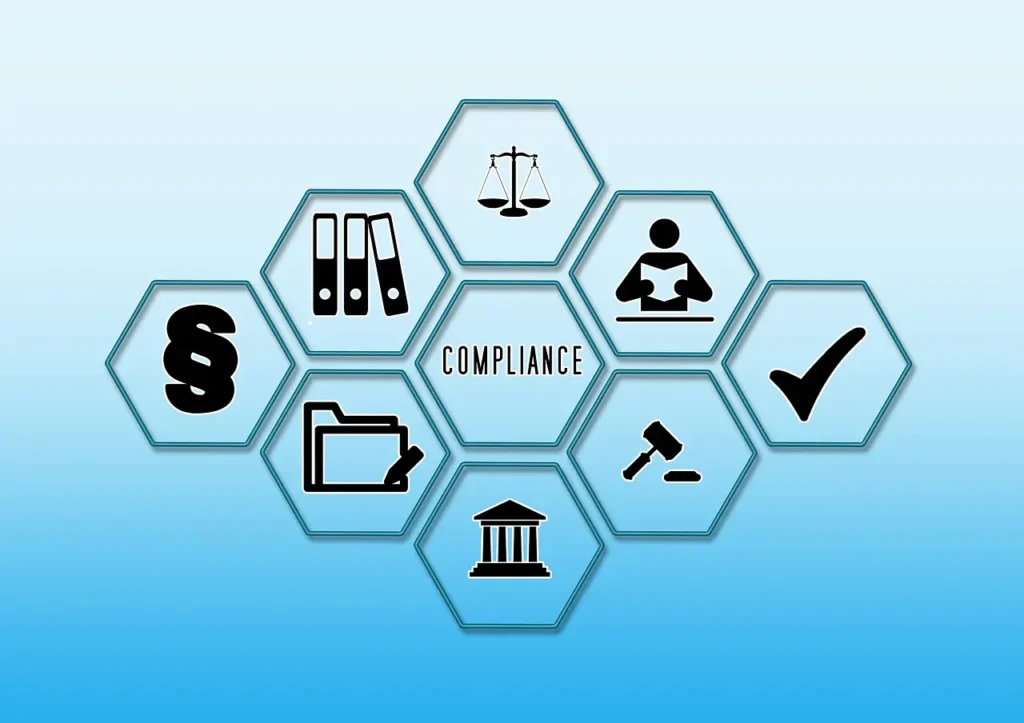
Regulatory scrutiny continues to increase across financial jurisdictions, placing greater emphasis on robust sanctions compliance systems. Institutions exposed to international markets face legal and reputational risks if screening tools fail to identify high-risk entities or fail to integrate with evolving requirements. The growing complexity of global lists, data sources, and cross-border enforcement makes generic or outdated tools unfit for purpose. Systems must offer dependable enforcement across jurisdictions, preserve transparency in workflows, and remain adaptable as mandates change. In this article we examine the most important features of sanction screening software to support effective risk controls across diverse operational and regulatory contexts.
Real-Time Screening With Transactional Precision
Screening platforms must identify sanctioned parties before transactions are executed or customer records are approved. Timely detection requires real-time integration with internal systems that process payments, onboard clients, or assess trade requests. Delayed alerts increase risk exposure, especially during high-value or time-sensitive operations. Reliable systems perform checks against updated lists at the point of entry without slowing down user-facing processes. They should also support asynchronous modes for cases that require human review or background verification.
Regulatory List Integration Across Jurisdictions
Sanctions lists vary not only in structure but in how often they change and how entities are categorised. The software should regularly ingest data from all relevant authorities, including the United Nations, OFAC, European Union, and domestic regulators like the Central Bank of the UAE. Parsing these sources correctly involves normalising differences in list formats, entity identifiers, and reference fields. Inclusion of metadata, such as program designation and list origin, enables contextual alert evaluation. This contributes directly to stronger financial risk management across multilayered compliance operations.

Intelligent Alert Management And False Positive Reduction
High alert frequency creates bottlenecks unless systems can differentiate between relevant and benign matches. Configurable scoring systems allow institutions to prioritise alerts based on defined criteria such as geography, transaction type, or customer risk rating. Reducing false positives depends on the quality of the underlying logic, not simply algorithmic matching strength. Analysts benefit from tiered workflows, where routine alerts are cleared efficiently and edge cases are escalated with supporting detail. Structured decision trees and audit logs support this process without adding unnecessary friction.
Governance, User Controls, And Role-Based Access
Clear oversight mechanisms are essential when managing access to sensitive data and decision tools. Each user must operate within assigned roles, ensuring accountability and limiting the potential for unauthorised changes. Actions taken within the system, including list edits, score threshold changes, or override decisions, must be fully logged. Dashboards should display metrics on review efficiency, override frequency, and alert reassignment. These controls remain important even when institutions work with third-party operators, including those offering KYC managed services.
Localisation, Arabic Language Support, And Regional Relevance
Institutions operating in the Gulf region often encounter challenges due to script variation, dual-language documentation, and phonetic discrepancies. Screening software should include Arabic-language functionality across interfaces, reports, and name-matching logic. This includes diacritic sensitivity, common regional name variations, and character set alignment. Domestic regulations require accurate cross-checking against local lists and alignment with UAE-specific risk thresholds. For firms without dedicated Arabic-speaking compliance staff, this highlights why you should outsource your compliance solutions to service providers with regional expertise.
Future-Proofing Through Scalability And Adaptability
Compliance workloads fluctuate due to transaction volumes, geopolitical changes, and corporate restructuring. Screening platforms must support this variability through modular infrastructure, elastic throughput, and hybrid deployment models. Systems that perform under baseline conditions but falter under pressure fail to meet long-term needs. Tools should offer both batch and real-time options for screening, as well as integration with case management and reporting environments. These capabilities ensure the system can evolve alongside the institution without service disruption.
Engineering Screening Platforms for Real-World Pressure
Routine functionality is not enough to justify investment in screening technology. Operational demands escalate during regulatory reviews, internal investigations, or enforcement actions. Software must remain functional under stress, including high-volume alert processing, audit queries, or rule reconfiguration. Technical features such as queue continuity, rollback capacity, and structured failover protocols distinguish dependable platforms from fragile ones. A system that consistently maintains throughput and traceability under pressure supports overall compliance integrity.
Speak With Us About Tailored Screening Configurations
Compliance configurations must be aligned with institutional risk strategy, jurisdictional exposure, and internal governance frameworks. No off-the-shelf tool can accommodate all these variables without considered implementation. Effective platforms must support regulatory list integration, alert tuning, role-based control, and region-specific adjustments within a coherent architecture. Vertex Compliance builds screening environments that prioritise reliability, accuracy, and transparency across all operational conditions.Contact our team to explore a system tailored to your compliance framework and jurisdictional needs.












